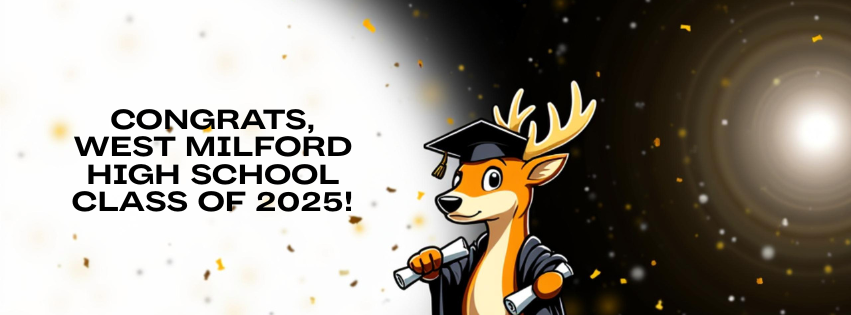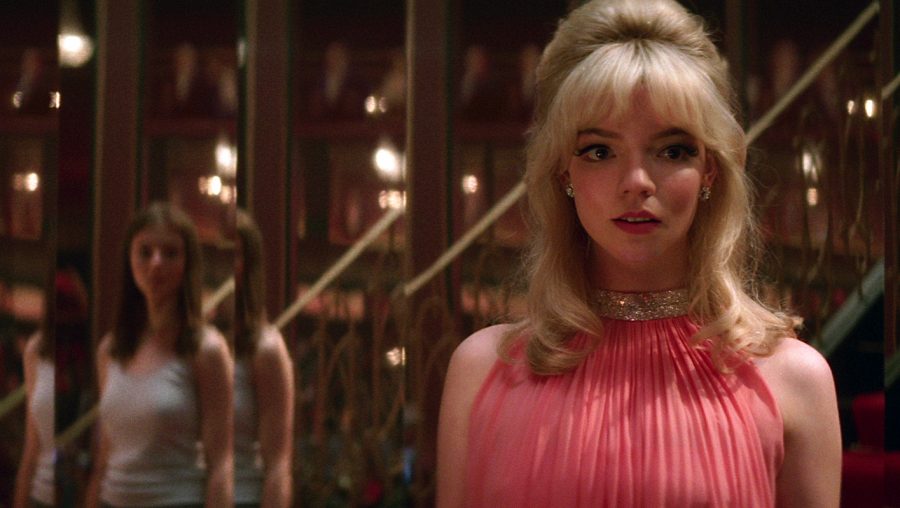“Last Night in Soho” puts a charming retro twist on psychological horror
Thomasin McKenzie stars as Eloise and Anya Taylor-Joy as Sandie in Edgar Wright’s LAST NIGHT IN SOHO, a Focus Features release. Credit: Courtesy of Focus Features / © 2021 Focus Features, LLC
“Psychological horror” is a genre that has amassed a lot of popularity within the past decade. Though the horror subgenre was said to have originated in the early 20th century, modern directors have taken the psychological aspect to new heights. For instance, within the past three years, writer and director Ari Aster has released “Hereditary” and “Midsommar”, two of the most discussed movies among film-lovers as a whole. Now, director Edgar Wright, known mainly for his films “Baby Driver”, “Shaun of the Dead”, and “Scott Pilgrim vs. the World”, has gotten in on the trend. Wright’s film “Last Night in Soho”, released in late October, takes the genre in a new direction — back in time.
Combining supernatural horror, psychological thrills, and time travel was a massive and ambitious creative choice, but Wright managed to pull it off beautifully. Upon seeing the film’s description, I was skeptical as to how well it could be executed. The plot was actually well thought out and made sense despite the busy description.
Despite the film’s lighthearted opening sequence, the plot quickly devolved into a terrifying and off-putting series of nights in which the main character, Ellie, has visions of the incidents of her rented room’s dark past. The visual contrast between Ellie’s bright and cheery small town and London’s rainy, pitch black gloom was particularly effective. Edgar Wright’s extensive skills in cinematography set each scene up for success as the viewer begins to understand what ends up being revealed at the end of the film. The only questionable scene was near the end, just after the twist was revealed. It felt as though one of the writers had gotten bored and went full-on “conceptual, freeform, expecting-an-Oscar” as the scene switched rapidly between Ellie and Miss Collins climbing the stairs and a white nothingness, eerily similar to the scene of Harry in Limbo in “Harry Potter and the Deathly Hallows”.
Wright creates a tangible, real sense of terror through Ellie, and Thomasin McKenzie expertly portrays the innocence and fear often felt by college students moving away from home. In regards to the writing, the fear is built upon beautifully as it shifts from college-related anxiety to supernatural horror. Despite being a relatively unknown actress, McKenzie carries the film well, along with Anya Taylor-Joy as Sandie. In addition to capturing the highs and lows of the young ingenues’ lives in both modern and past decades, the two excelled at the numerous scenes in which they had to portray each other’s reflections, which are notoriously easy to fail. Rounding out the best of the cast were Diana Rigg as Miss Collins, and Michael Ajao as John. Though they weren’t especially notable throughout the majority of the film, their abilities shone in the final climactic scene. Any other performers were, frankly, unmemorable, and did not provide much to the film besides noise and busyness.
The film becomes muddy when it comes to the plot and its twist. Considering the concept in itself was quite complicated, it’s clear that Edgar Wright did the best he could in ordering the scenes in a way that is comprehensible to the viewer. Despite this, much of the film left me confused as to what was reality, and what was one of Ellie’s “visions”. That issue oftentimes made important plot points in the film difficult to follow.
In addition to those occasional points of confusion, one issue that ended up minorly skewing my enjoyment of the movie was how the plot twist was made impossible to guess due to an inaccuracy in one of Ellie’s visions, which had, until now, all appeared to be accurate to real life. This discrepancy, which was clearly intentional, felt unfair to the viewers who intended to guess the plot twist. It became impossible for viewers to figure out because the directors purposely deceived us. Rather than incorporating what is equivalent to a lie, perhaps the rest of the movie could have been a little more ambiguous so the viewer had to work harder, not make it completely unattainable, because it was frustrating to have no chance to figure out the twist.
Overall, this film was really fun to watch, despite a few plot holes here and there. There wasn’t a moment here where I felt bored or that it wasn’t moving fast enough, and in tandem with the bright city lights and bustling nightclub scenes, this movie made for an unexpectedly fun night at the theater. As someone who’s seen his fair share of unsuccessful psychological horror, I can say with confidence that Edgar Wright hit the nail on the head in terms of creativity, casting, and cinematography.


